
An experimental project using lasers to draw and re-present deconstructed models, 2013
Sketching with Light from Aaron Marx on Vimeo.

An experimental project using lasers to draw and re-present deconstructed models, 2013
Sketching with Light from Aaron Marx on Vimeo.
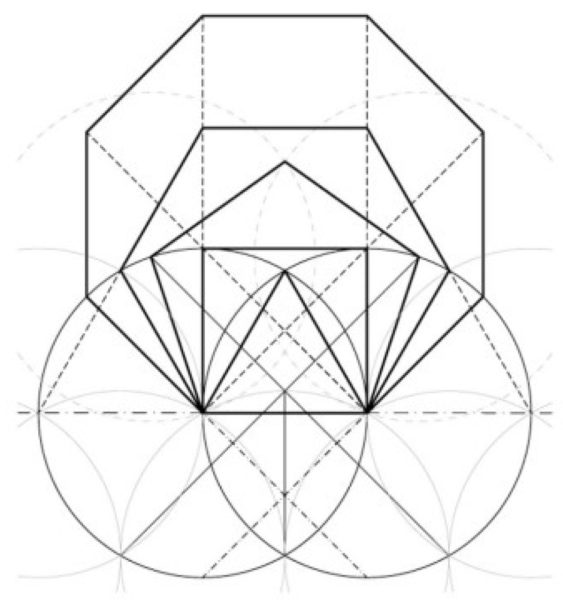
Diagrams of transformational geometry and the special geometrical relationship between the sun and moon that allows for a perfect solar eclipse. 2006
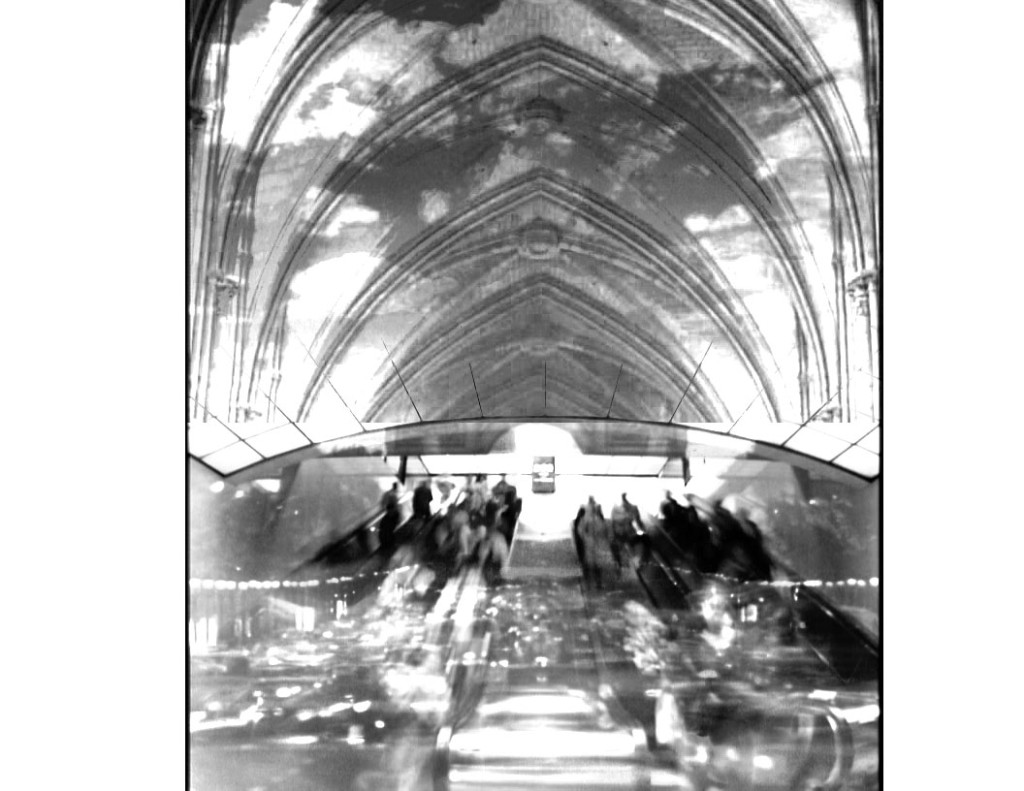

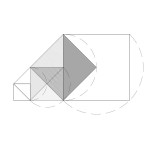
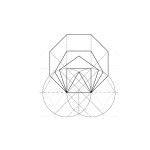

The Size of the Sun and the Moon
In absolute terms, the Sun and the Moon couldn’t be more different in size. The Sun measures 1.4 million km across, while the Moon is a mere 3,474 km across. In other words, the Sun is roughly 400 times larger than the Moon. But the Sun also happens to be 400 times further away than the Moon, and this has created an amazing coincidence.
From our perspective, the Sun and the Moon look almost exactly the same size. This is why we can have solar eclipses, where the Moon passes in front of the Sun, just barely obscuring it from our view.
Read more: http://www.universetoday.com/17109/the-sun-and-the-moon/#ixzz38X4U92qL
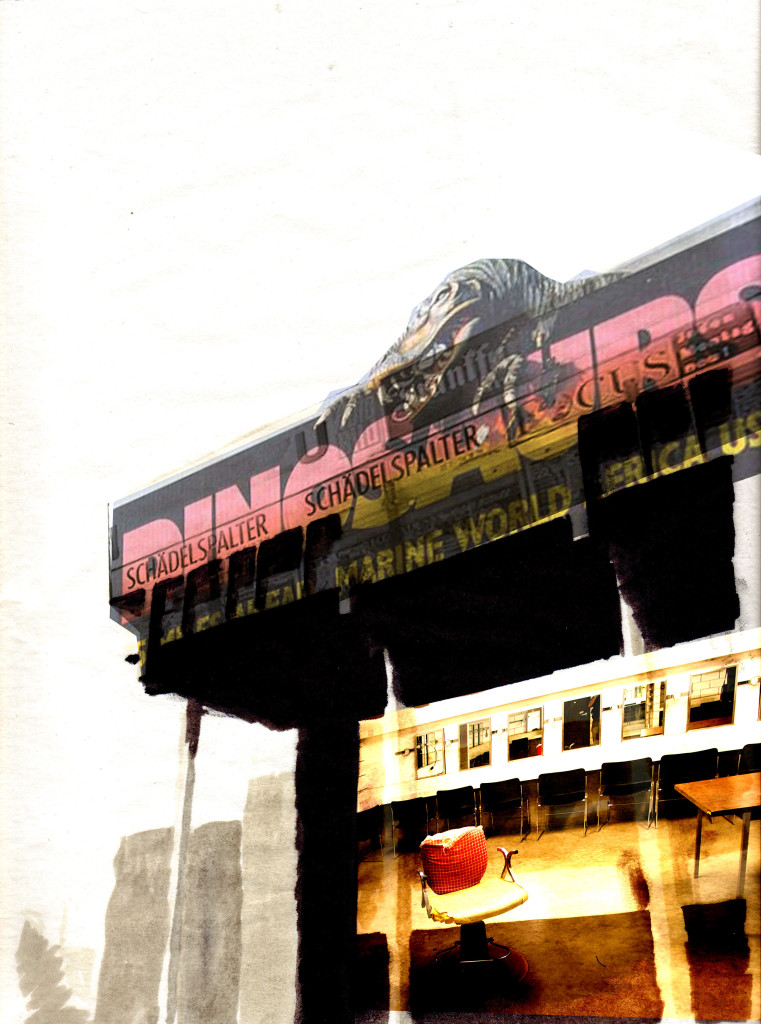
Aaron Marx – Artist Statement 02-10-13
Aaron Marx (1979, Minneapolis, United States) is an artist who works in a variety of media. By contesting the division between the realm of memory and the realm of experience, Marx creates intense personal moments masterfully created by means of rules and omissions, acceptance and refusal, and luring the viewer round and round in circles.
His collected, altered and own artworks are being confronted as aesthetically resilient, thematically interrelated material for memory and projection. The possible seems true and the truth exists, but it has many faces, as Hanna Arendt cites from Franz Kafka. In a search for new methods to ‘read the city’, his works references post-colonial theory as well as the avant-garde or the post-modern and the left-wing democratic movement as a form of resistance against the logic of the capitalist market system.
His work doesn’t usually reference recognizable form. The results are deconstructed to the extent that meaning is shifted and possible interpretation becomes multifaceted. By demonstrating the omnipresent lingering of a ‘corporate world’, he absorbs the tradition of remembrance art into daily practice. This personal follow-up and revival of a past tradition is important as an act of meditation. His works demonstrate how life extends beyond its own subjective limits and often tells a story about the effects of global cultural interaction over the latter half of the twentieth century. It challenges the binaries we continually reconstruct between Self and Other, between our own ‘cannibal’ and ‘civilized’ selves. By applying abstraction, he focuses on the idea of ‘public space’ and more specifically on spaces where anyone can do anything at any given moment: the non-private space, the non-privately owned space, space that is economically uninteresting or liminal.